Why the Dust Bowl was so devastating
The Dust Bowl remains one of the most devastating environmental crises in United States history, affecting the Great Plains during the 1930s. It wasn’t just a natural disaster but a confluence of climatic extremes and human missteps. Understanding how these factors interplayed offers valuable insights into both historical and modern environmental challenges. The Dust Bowl era was marked by massive dust storms, failed crops, and significant human displacement, painting a vivid picture of nature’s unforgiving power.
A Perfect Storm: The Climatic Conditions Leading Up to the Dust Bowl

The Dust Bowl was fueled by a combination of severe drought and high temperatures over several years. The 1930s saw the Great Plains experience some of the driest years on record, with rainfall dropping by as much as 27%. This lack of precipitation, coupled with intense heat, created the perfect conditions for dust storms. These climatic anomalies were not just random events but part of larger weather patterns that scientists are still studying to this day.
The Human Element: Farming Practices of the Early 20th Century
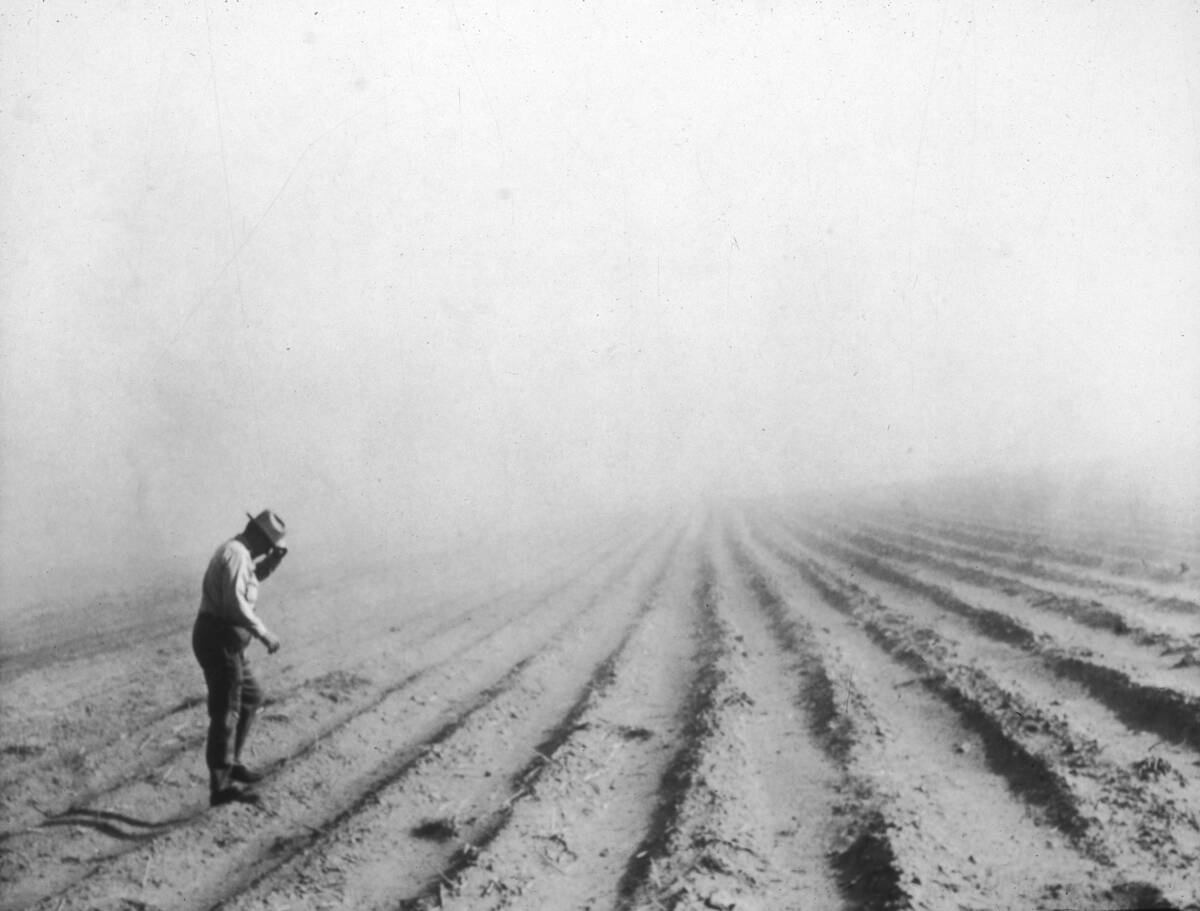
Agricultural practices at the time contributed significantly to the Dust Bowl’s devastation. Farmers used intensive plowing techniques that left topsoil exposed, making it vulnerable to wind erosion. The widespread adoption of mechanized farming equipment exacerbated the problem by breaking up the soil structure. Without the protective cover of native grasses, the land was unable to retain moisture, leading to large dust clouds that darkened the skies.
The Great Plains: A Region Prone to Environmental Extremes
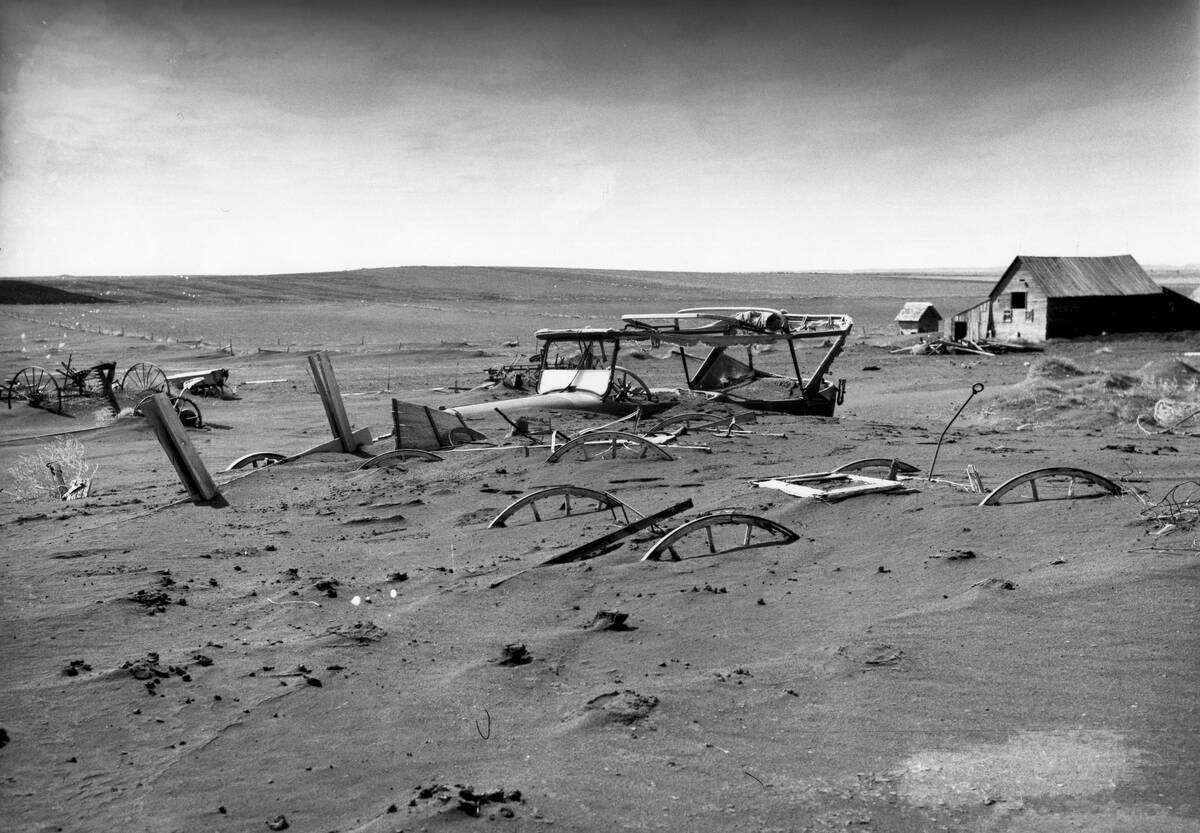
The Great Plains have always been a land of extremes, known for their harsh weather conditions. Before the Dust Bowl, the region had experienced cycles of drought and flood, shaping its unique ecosystem. Native plants and animals had adapted to these conditions over centuries, but human intervention upset this delicate balance. The Plains’ flat topography and open spaces also made it particularly susceptible to wind erosion, further compounding the crisis.
The Role of the Economy: How the Great Depression Exacerbated the Situation
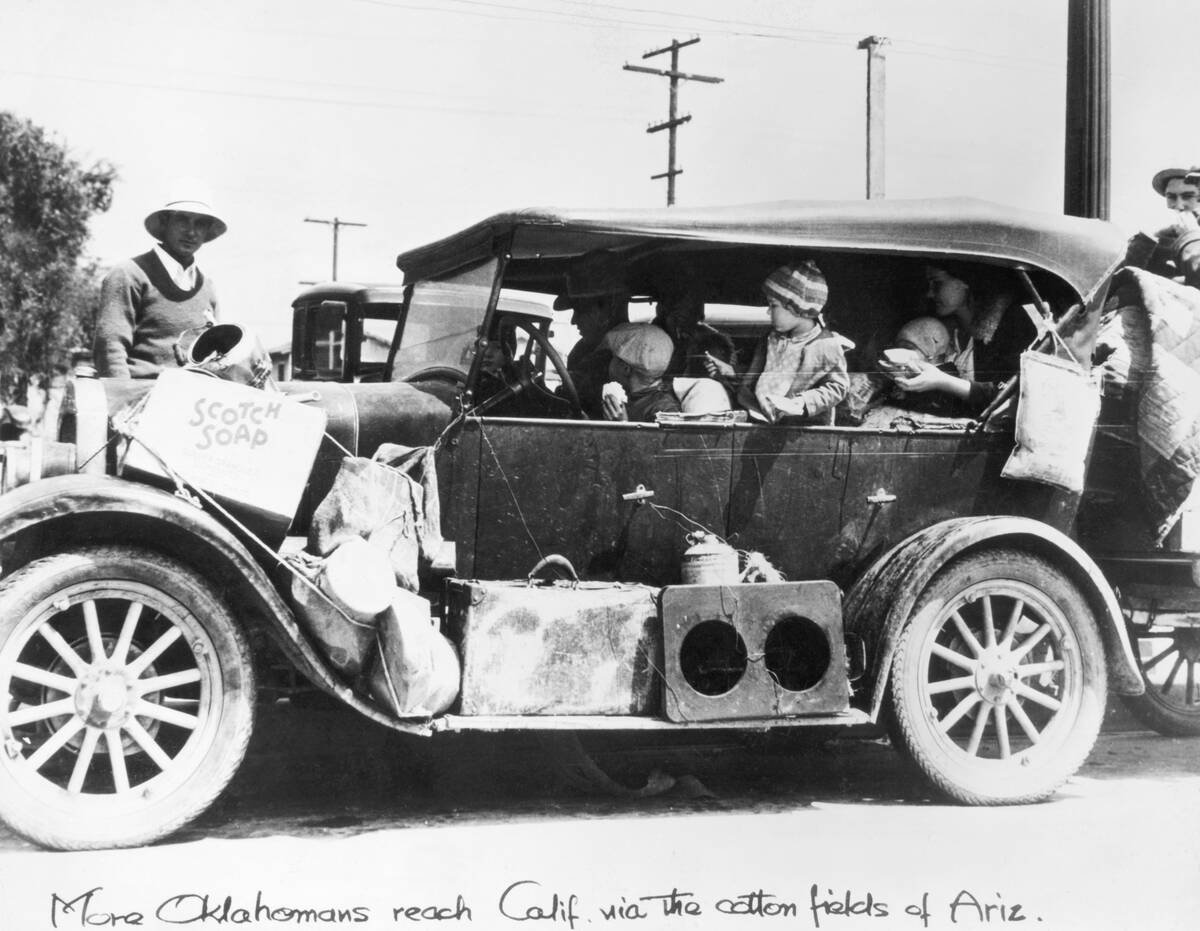
The Great Depression, coinciding with the Dust Bowl, deepened the plight of affected communities. Economic hardships meant that farmers couldn’t afford to implement soil conservation techniques. Crop prices plummeted, leaving many unable to sustain their livelihoods. This economic strain forced families to make difficult decisions, often resulting in abandonment of their farms. The lack of financial resources further hindered any efforts to mitigate the environmental damage.
The Black Blizzards: What Made Dust Storms So Intense?
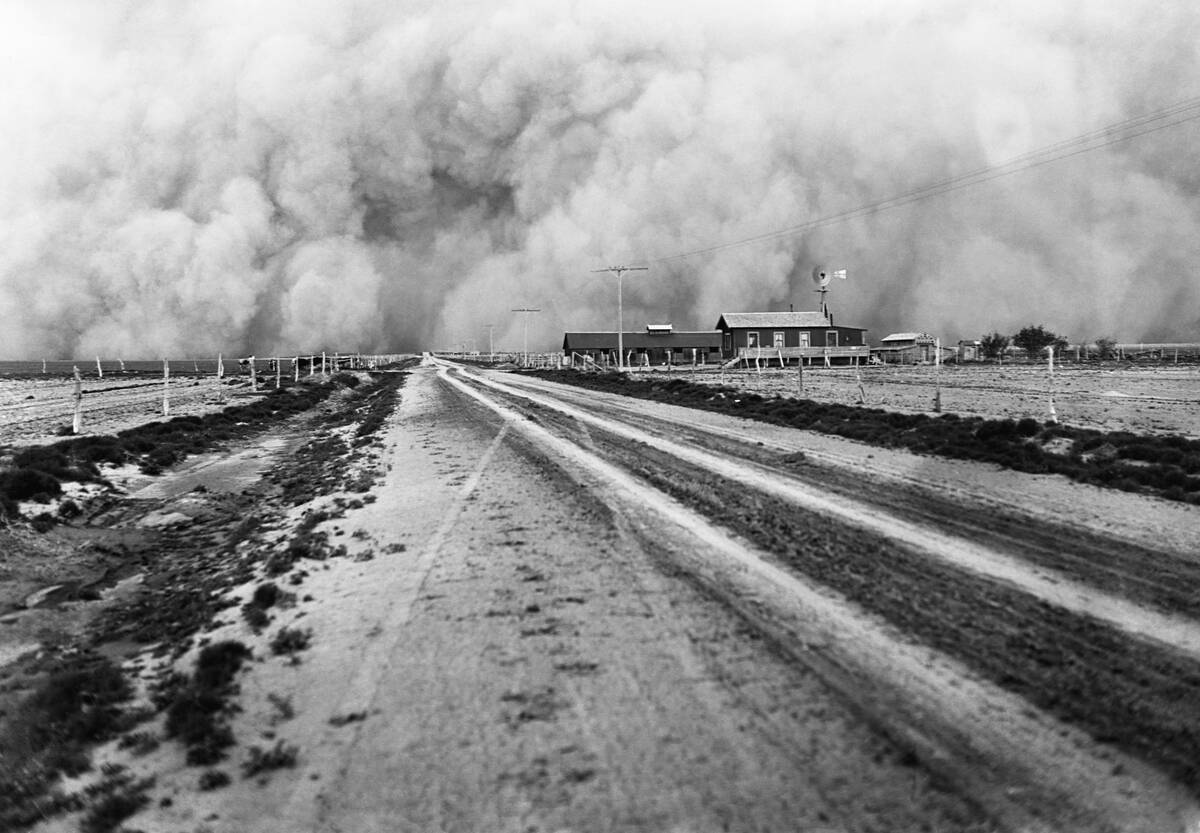
Dust storms during the Dust Bowl, often referred to as ‘black blizzards,’ were notorious for their intensity. These storms could lift millions of tons of topsoil into the air, reducing visibility to zero. Winds reaching up to 60 miles per hour carried the dust for hundreds of miles, affecting areas far beyond the Plains. The storms were so severe that they turned daylight into darkness, leaving a lasting impression on those who witnessed them.
Migration Mayhem: The Mass Exodus from the Plains
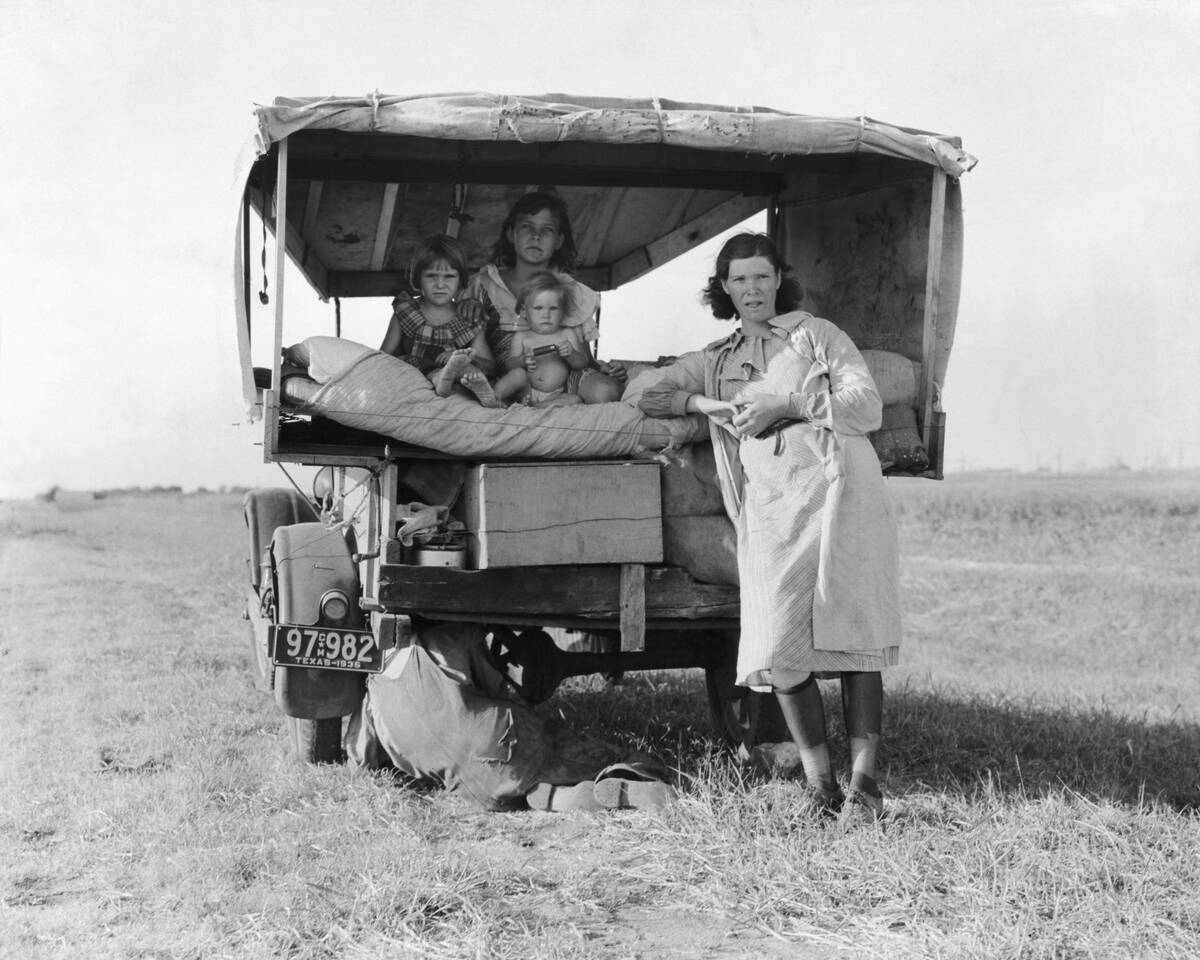
As conditions worsened, thousands of families were forced to leave their homes in search of better opportunities. This mass migration saw approximately 2.5 million people moving, primarily heading west to California. Known as ‘Okies,’ these migrants faced numerous challenges, including discrimination and scarce employment opportunities. The journey was fraught with hardship, but it also showcased the resilience and determination of those affected by the Dust Bowl.
The Okie Odyssey: Stories from the Road
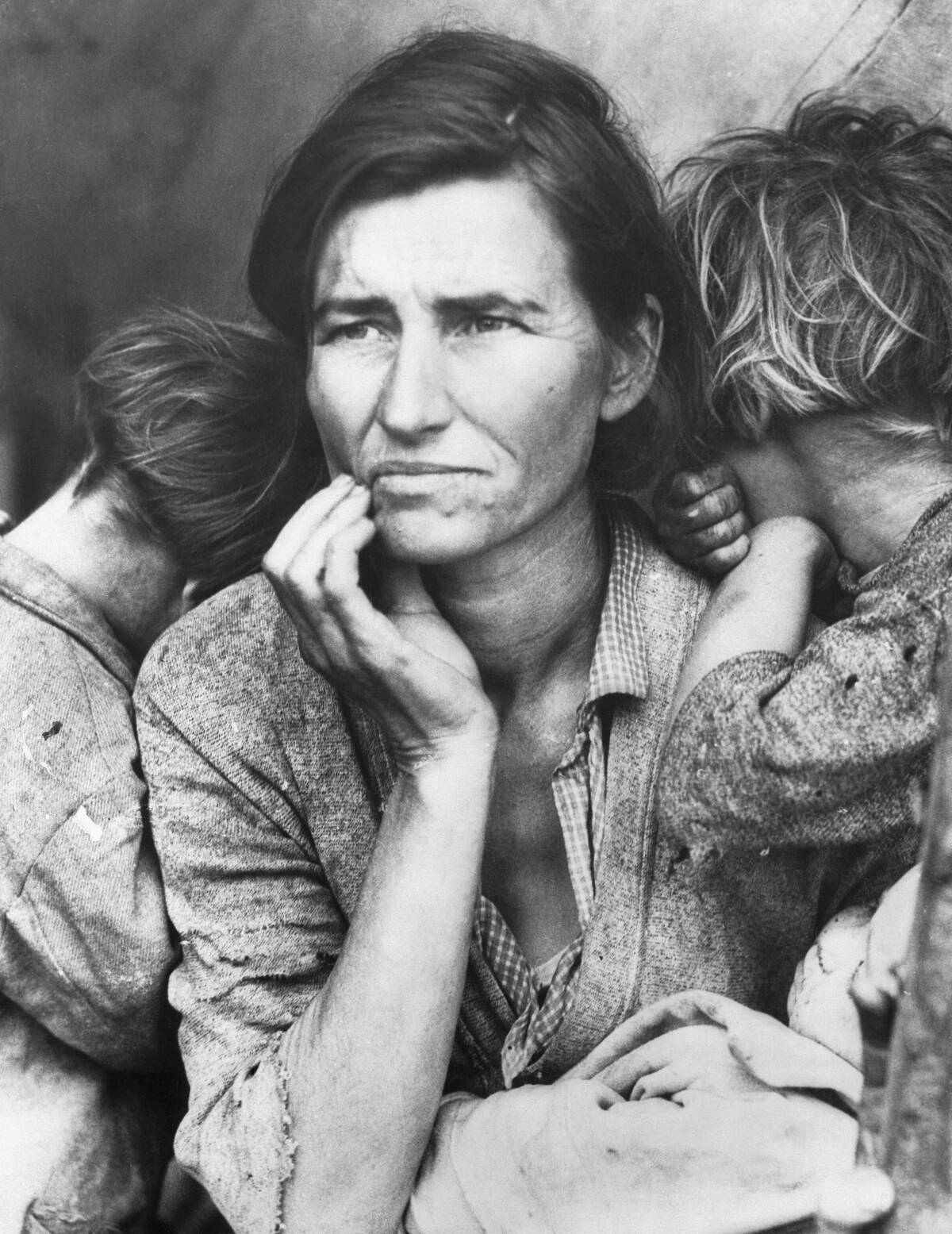
The journey for many ‘Okies’ was one of hardship and hope. Traveling along Route 66, families packed their belongings into overburdened vehicles, often with little more than the clothes on their backs. Roadside camps became temporary homes for many, with stories of community and perseverance emerging from these makeshift settlements. Despite the struggles, the road became a symbol of hope, a path toward new beginnings in a land that promised opportunity.
Grapes of Wrath: The Dust Bowl in Pop Culture

John Steinbeck’s novel “The Grapes of Wrath” immortalized the Dust Bowl experience, bringing national attention to the plight of displaced families. Through the journey of the Joad family, Steinbeck captured the human spirit and resilience amidst adversity. The novel, later adapted into a critically acclaimed film, remains a powerful depiction of this era. Its impact on pop culture has been profound, influencing generations of artists and writers who explore themes of struggle and survival.
Government Intervention: The New Deal’s Response to the Crisis
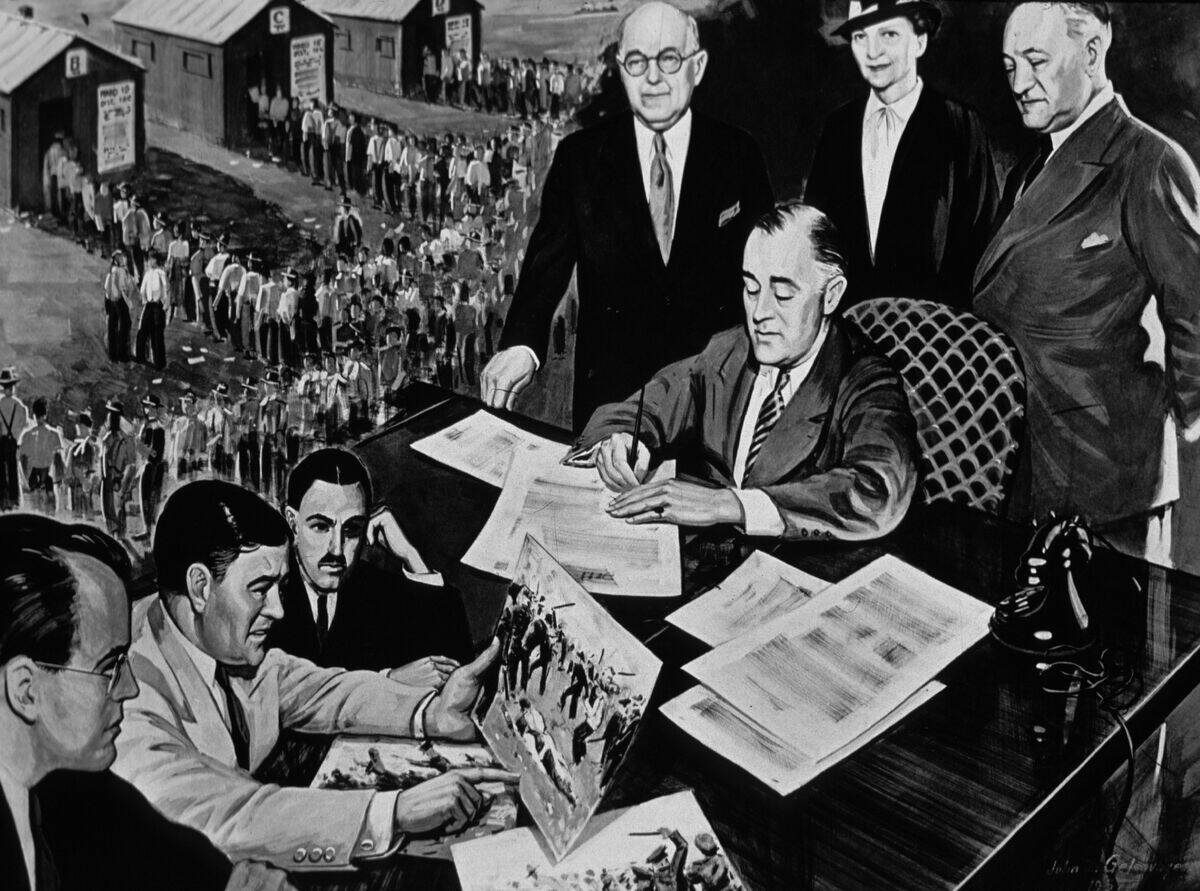
In response to the Dust Bowl, the U.S. government implemented several New Deal programs aimed at relief and recovery. The Soil Conservation Service was established to promote sustainable farming practices and prevent further erosion. Programs like the Civilian Conservation Corps provided jobs and resources to those affected, helping to stabilize the region. These interventions marked a turning point, highlighting the role of government in addressing environmental and economic crises.
Lessons in Resilience: How Communities Coped
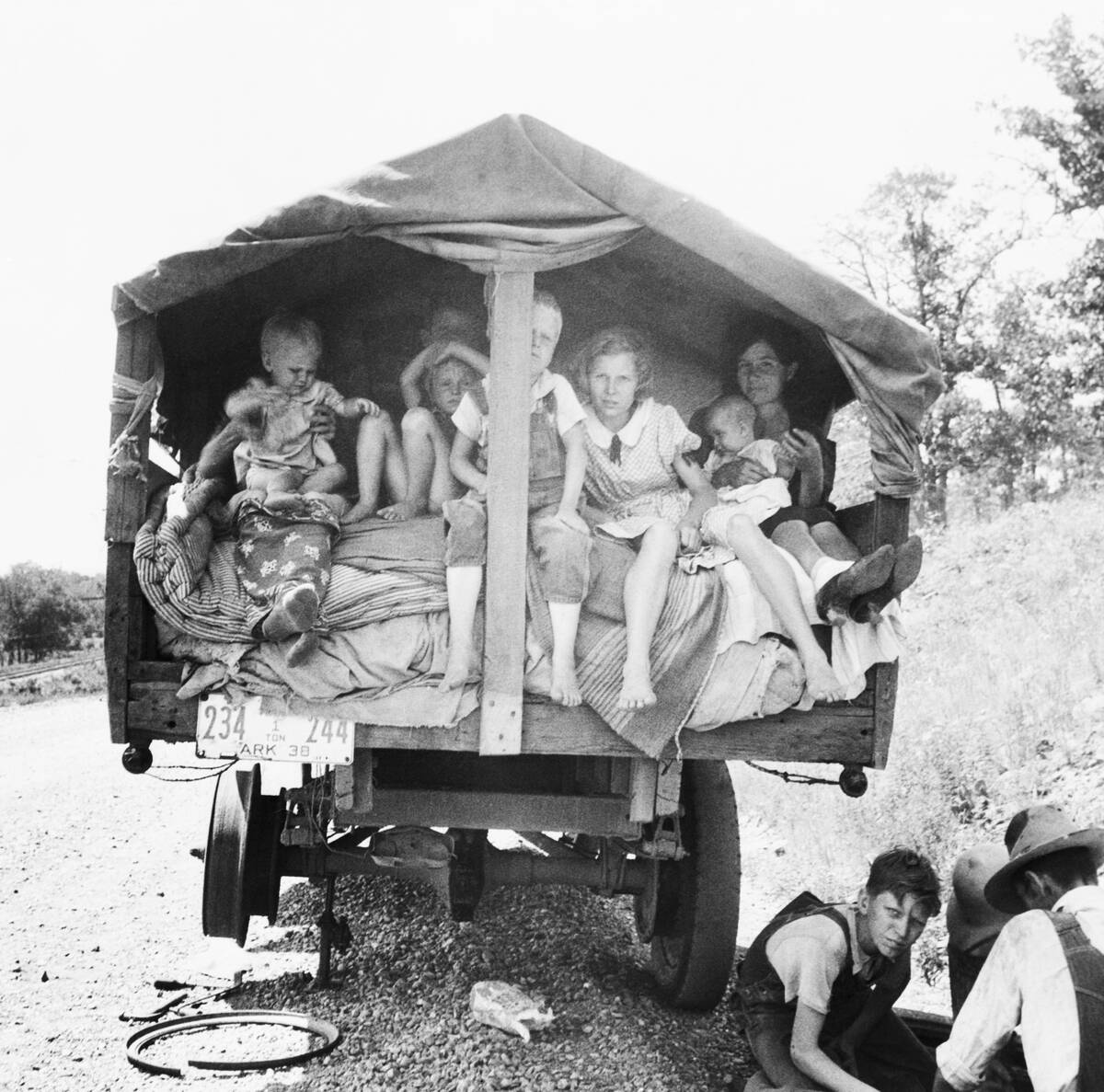
Despite the hardships, communities affected by the Dust Bowl displayed remarkable resilience. Neighbors banded together, sharing resources and support in the face of adversity. Community gatherings and church meetings provided solace and a sense of normalcy. This spirit of cooperation and mutual aid helped many endure the toughest times. These stories of resilience continue to inspire, reminding us of the strength found in unity and shared purpose.
Innovations in Agriculture: Changes Brought About by the Dust Bowl

The Dust Bowl prompted significant advancements in agricultural practices. Techniques such as contour plowing and crop rotation became more widely adopted to prevent soil erosion. The introduction of windbreaks and cover crops helped protect the land from future dust storms. These innovations not only restored the health of the Plains but also laid the groundwork for modern sustainable farming practices. The crisis served as a catalyst for change, leading to long-term improvements in agricultural resilience.
The Environmental Impact: Long-Term Effects on the Land
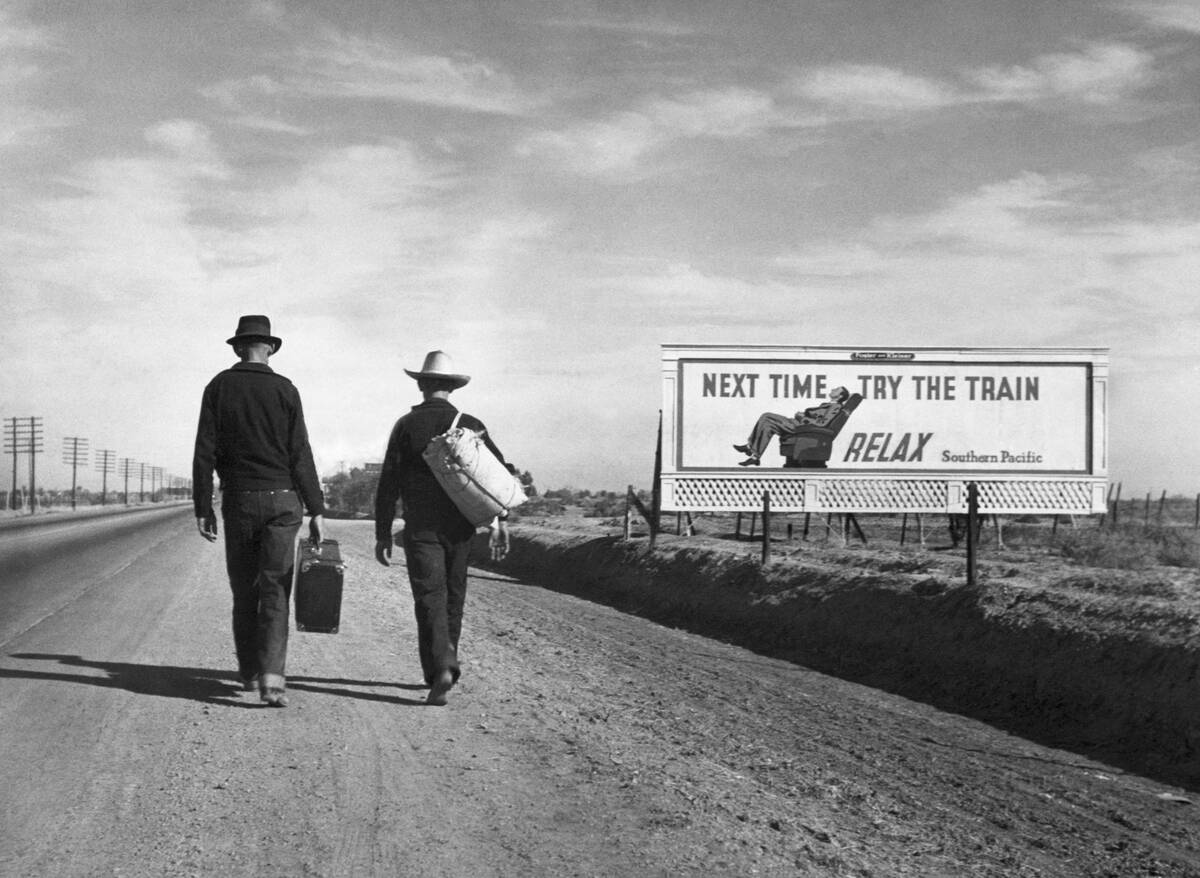
The environmental impact of the Dust Bowl was profound, leaving scars on the land that took decades to heal. Vast areas of once-fertile farmland were rendered barren, and the natural ecosystem was significantly disrupted. Over time, efforts to rehabilitate the soil and restore native vegetation have been successful, but the legacy of the Dust Bowl serves as a cautionary tale. It underscores the importance of maintaining ecological balance and the consequences of neglecting environmental stewardship.
Health Consequences: How Dust Affected Public Health

The Dust Bowl had severe health implications for those living in the affected areas. Dust pneumonia became a common illness, with the fine particulate matter causing respiratory issues. Hospitals were overwhelmed with cases, and the lack of clean air exacerbated existing health conditions. Children and the elderly were particularly vulnerable. Public health campaigns were launched to educate communities on how to protect themselves, but the long-term health effects lingered for years.
The Dust Bowl Legacy: What It Taught Us About Environmental Stewardship
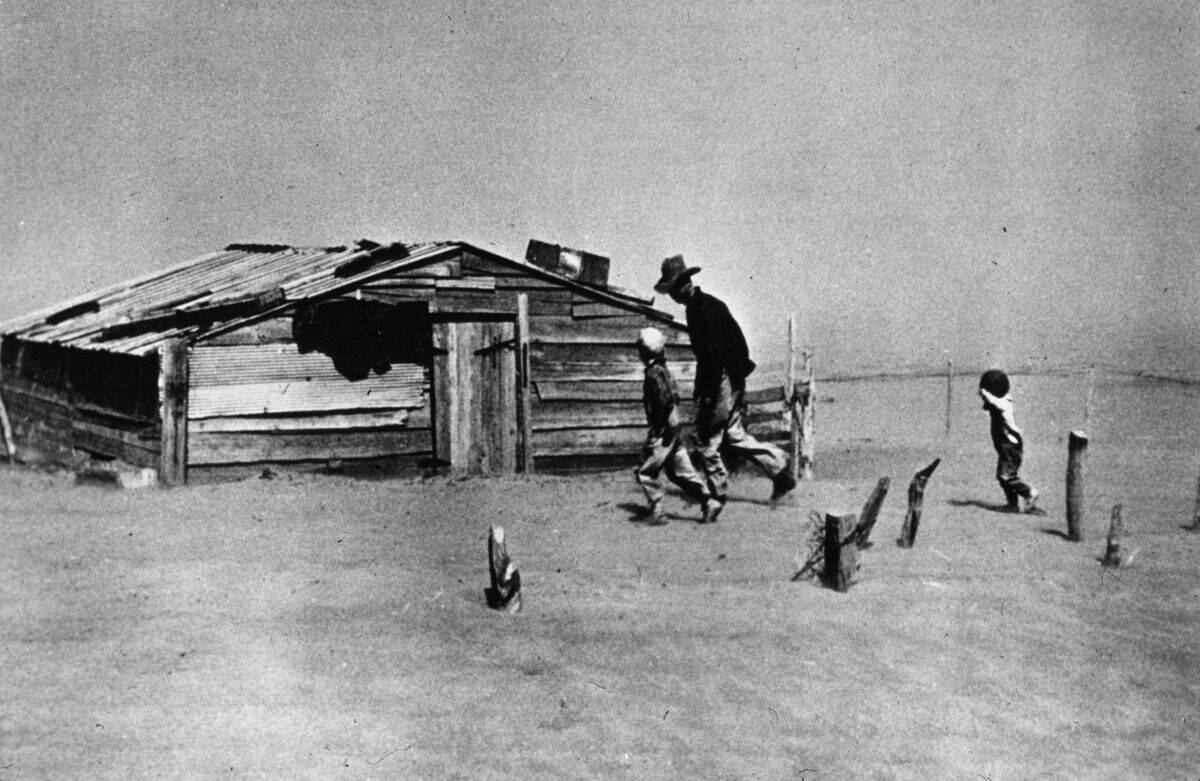
The legacy of the Dust Bowl is a powerful reminder of the need for environmental stewardship. It taught us the importance of sustainable farming practices and the role humans play in shaping the environment. The crisis highlighted the interconnectedness of ecological health and human prosperity. Today, as we face new environmental challenges, the lessons of the Dust Bowl remain relevant, urging us to prioritize conservation and responsible land management.



